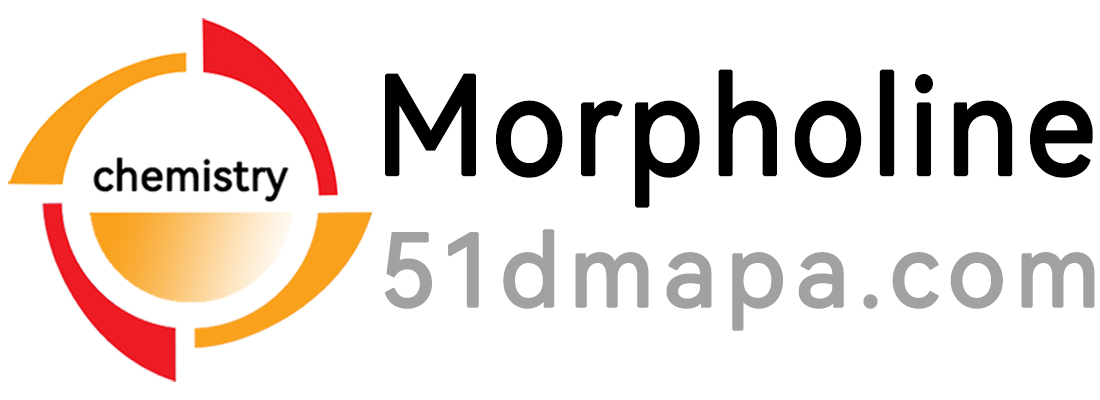
Structural formula
| Business number | 02PK |
|---|---|
| Molecular formula | C13H18O |
| Molecular weight | 190.28 |
| label | Cyclamen aldehyde; 2-methyl-3-(p-cumyl)-propionaldehyde, Cyclamen aldehyde, 2-methyl-3-(p-cumene-yl)-propionaldehyde, artificial flavors |
Numbering system
CAS number:103-95-7
MDL number:MFCD00024160
EINECS number:203-161-7
RTECS number:MW4900000
BRN number:None
PubChem number:24901301
Physical property data
1. Properties: colorless to light yellow crystals
2. Density (g/mL, 20℃): 0.950
3. Relative density (20℃, 4℃ ): 0.95115
4. Relative density (25℃, 4℃): 0.945940
5. Boiling point ( ºC, normal pressure): 270
6. Boiling point (ºC, 0.27kPa): 108.5
7. Refractive index: 1.505
8. Refractive index at room temperature (n20): 1.6195
9. Specific rotation (º): Undetermined
10. Autoignition point or ignition temperature (ºC): Undetermined
11. Vapor pressure (mmHg, 20.2ºC): Undetermined
12. Saturated vapor pressure (kPa, ºC): Undetermined
13 . Heat of combustion (KJ/mol): Undetermined
14. Critical temperature (ºC): Undetermined
15. Critical pressure (KPa): Undetermined
16. Logarithmic value of oil-water (octanol/water) partition coefficient: Undetermined
17. Explosion upper limit (%, V/V): Undetermined
18. Explosion Lower limit (%, V/V): Undetermined
19. Solubility: Soluble in ethanol (1ml dissolved in 3mL 80% ethanol) and most fats and oils, insoluble in glycerin and water, almost insoluble in Propylene glycol.
Toxicological data
1. Skin/eye irritation: Standard Dresser test: human skin contact, 15mg/48 HREACTION SEVERITY, mild reaction; Standard Dresser test: rabbit eye contact, 100mgREACTION SEVERITY, mild reaction; 2. Acute toxicity: rats Oral LD50: 3810mg/kg; Rat skin contact LD50: >5mg/kg;
Ecological data
None yet
Molecular structure data
1. Molar refractive index: 59.39
2. Molar volume (cm3/mol): 203.0
3. Isotonic specific volume (90.2K ): 484.7
4. Surface tension (dyne/cm): 32.4
5, Dielectric constant:
6, Dipole moment (10-24cm3):
7, Polarization Rate: 23.54
Compute chemical data
1. Reference value for hydrophobic parameter calculation (XlogP): 3.3
2. Number of hydrogen bond donors: 0
3. Number of hydrogen bond acceptors: 1
4. Number of rotatable chemical bonds: 4
5. Number of tautomers: 2
6. Topological molecule polar surface area 17.1
7. Number of heavy atoms: 14
8. Surface charge: 0
9. Complexity: 166
10. Number of isotope atoms: 0
11. Determine the number of atomic stereocenters: 0
12. Uncertain number of atomic stereocenters: 1
13. Determine the number of chemical bond stereocenters: 0
14. Number of uncertain chemical bond stereocenters: 0
15. Number of covalent bond units: 1
Properties and stability
Colorless to light yellow liquid with strong melon and floral aroma, including Roman melon aroma. Soluble in ethanol (1ml dissolved in 3mL 80% ethanol) and most fats and oils, insoluble in glycerol and water, almost insoluble in propylene glycol. Stable in alkali.
Storage method
None yet
Synthesis method
Synthesis using cuminyl chloride as raw material
Add 174 parts of ethyl malonate into a 10% ethanol solution containing 68 parts of sodium ethoxide, heat to reflux, and then slowly add 168.5 parts of industrial cuminyl chloride dropwise. When the reaction ends (the alkalinity disappears), add 1200 parts of 10% sodium hydroxide solution and heat to reflux for 4 hours. After the ethanol is evaporated, the reactant is acidified with hydrochloric acid, and the resulting cuminylmethylmalonic acid is heated to 185°C until no carbon dioxide escapes. The product was fractionated under reduced pressure, and the 153~157°C (533Pa) fraction was collected, which is p-isopropyl-α-methyldihydrocinnic acid containing a small amount of ortho derivatives, with a yield of 90%.
Put the above product together with formic acid through a reaction tube with a temperature controlled at 350°C and equipped with MnO2/pumice, and then convert it into aldehyde, with a yield of 80%. The crude product is distilled under reduced pressure, and the 118-120°C (800Pa) fraction is collected to obtain the finished product.
Synthesis using cumine aldehyde as raw material
Dissolve 10kg potassium hydroxide in 400kg ethanol, mix with cumine aldehyde at 10°C, slowly drop 60kg propionaldehyde under stirring within 2 to 6 hours Put it into it and keep the temperature at 10~15℃. Neutralize the reactants with acetic acid, first evaporate the ethanol under normal pressure, then distill under reduced pressure to recover about 45kg of unreacted cumyl aldehyde, and then collect the 152-158°C (1200Pa) fraction, which is p-isopropyl-α-methyl Cinnamaldehyde has a refractive index of 1.5860.
Dissolve the above product in ethanol, place it in an autoclave, add 10% mass of reduced nickel or palladium-carbon catalyst, and perform hydrogenation at 100°C. Afterwards, the catalyst is filtered off, the solvent is recovered by distillation under normal pressure, fractionated under reduced pressure, and the 133~137°C (1.2kPa) fraction is collected, which is the product.
Purpose
Prepare food flavors and floral daily flavors. Products with lower levels are used in soap formulations, while higher levels are used in perfume formulations. Product quality: aldehyde content 85%.



